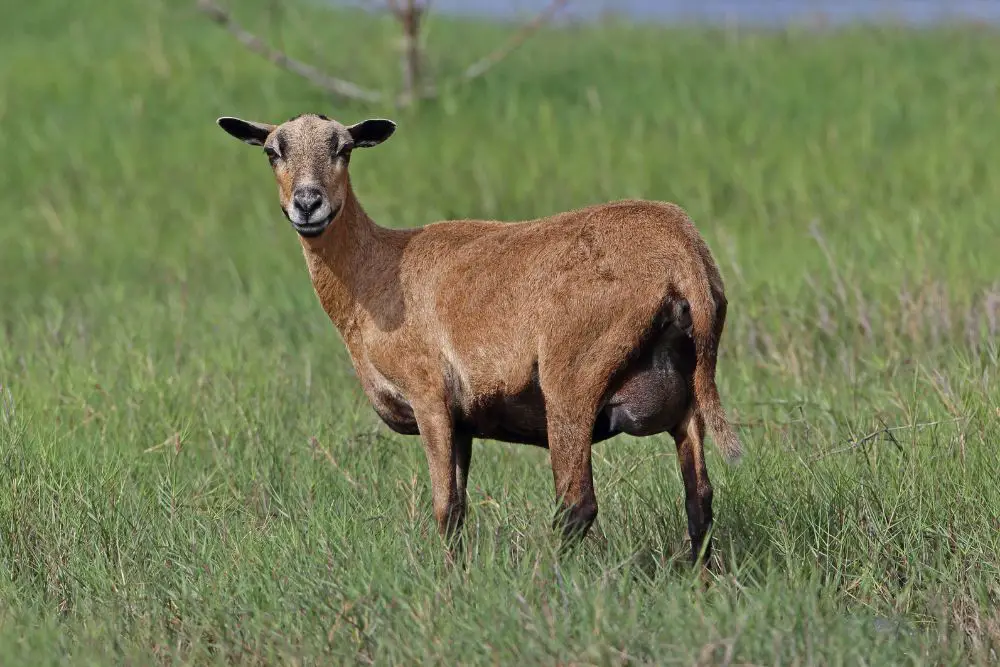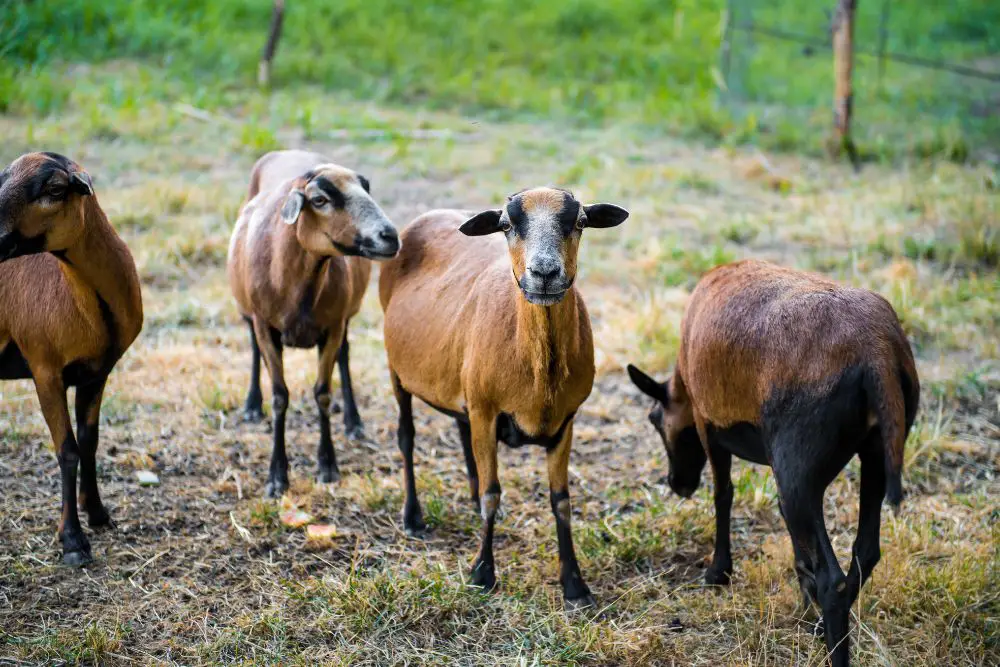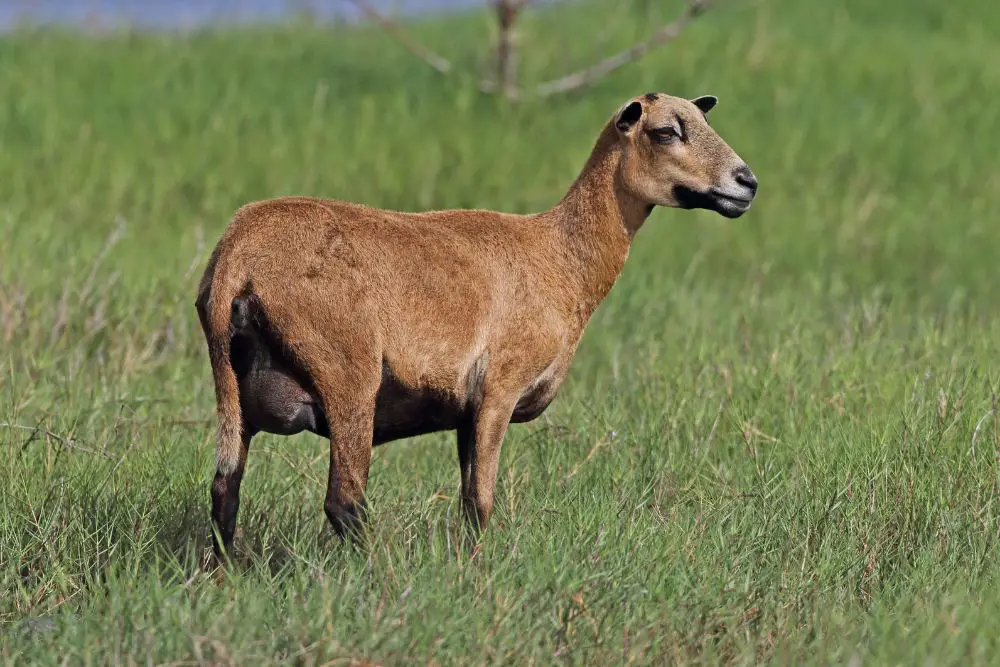Barbados Blackbelly Sheep thrive in hot and humid climate types, and are originally from the island of Barbados. A cross between European wooled sheep and West Africa hair sheep breeds, Barbados sheep are a well-known meat production breed in many countries around the world.
This article covers the history of the Barbados Blackbelly sheep, their breed attributes, and examine the characteristics of their mutton. It also lists the positive attributes and benefits of owning Barbados Blackbelly sheep, so you’ll discover if this is the right breed for your farm.
Table of Contents
Where Does The Barbados Blackbelly Sheep Come From?
In the 1600’s, wool flocks of European sheep were imported to the Caribbean, and through careful crossbreeding with West African hair sheep, the Barbados Blackbelly sheep came to exist.
The resulting sheep had a striking appearance, but were devoid of wool, so they were used primarily as a meat breed to feed the island inhabitants.
They were first brought to the United States by breeders in 1904 but didn’t create a strong foothold until the 1970’s, when Dr. Lemmuel Goode of North Carolina State University imported several sheep directly from Barbados and began a research flock.
All purebred Barbados Blackbelly sheep in the U.S. stem from this flock.
While there are Barbados Blackbelly sheep flocks present in the United States, a separate husbandry program in Texas introduced the Rambouillet and wild Mouflon sheep breeds to the bloodline in order to encourage horn growth, and decreased body size.
Their efforts were successful and they succeeded in creating a new breed: The American Blackbelly sheep.
The breed standards put forth by the BBSAI clearly lay out the differences between the original Barbados Blackbelly sheep, which is used for meat, and the American Blackbelly sheep which is used primarily as a game animal.
Barbados Blackbelly Sheep Breed Characteristics
| Characteristics | Description |
| Origin | Barbados, Caribbean |
| Appearance | The Barbados Blackbelly sheep is a multi-colored domestic sheep, most often seen in shades of brown, black, tan, and yellow. Barbados Blackbelly sheep have a black belly true to their name. Both Barbados Blackbelly rams and ewes are polled, having no horns. |
| Wool | Minimal due to climate conditions |
| Weight | Rams weigh between 90 and 150 pounds Ewes weight between 70 and 120 pounds |
| Fertility | Reproduces twice per year with off-season heat cycles |
| Meat | The body size is quite large and the carcass is well-formed, with a deep rib cage and sloped rump leading to a long tail |
| Environment | Does best in tropical and subtropical climates where they can forage |
| Common Uses | Meat production, primarily for the travel industry |
It has a striking look – akin to an antelope with a long Roman nose with contrasting colors (white and black markings) over the eyes and ears. Their ears have points and are perpendicular to the ground unless they are alert, at which point their ears will prick up and face outward, in alignment with their head.


They have almond-shaped eyes that are usually brown but may be golden brown in color.
Barbados Blackbelly sheep have strong, muscular legs with pronounced hindquarters and black hooves that may display splay-footedness.
What Kind Of Fleece Does Barbados Blackbelly Sheep Produce?
This Caribbean breed of sheep is not used for wool production. They have a coarse hair coat which is close to the skin.
The Barbados Blackbelly ram does have a mane of this same type of hair that covers the chest and hangs below the neck. It serves an evolutionary purpose by helping repel water and parasites.
Blackbelly lambs may grow a wool undercoat in colder climates or during winter, but they shed this wooly coat before spring.
Why Should I Raise Barbados Blackbelly Sheep?
There are many reasons why you should consider raising Barbados Blackbelly Sheep on your sheep farm:
- Known for incredibly delicious and tender meat
- Excellent foraging breed great for landscape management
- Mature ewes are known for lambing prolificacy and typically produce 2 to 3 lambs
- They have off-season heat cycles and they can reproduce twice per year
- Unlike most wooled breeds, the Barbados Blackbelly sheep can handle tropical heat
- The quality of their hair makes them resistant to parasites

